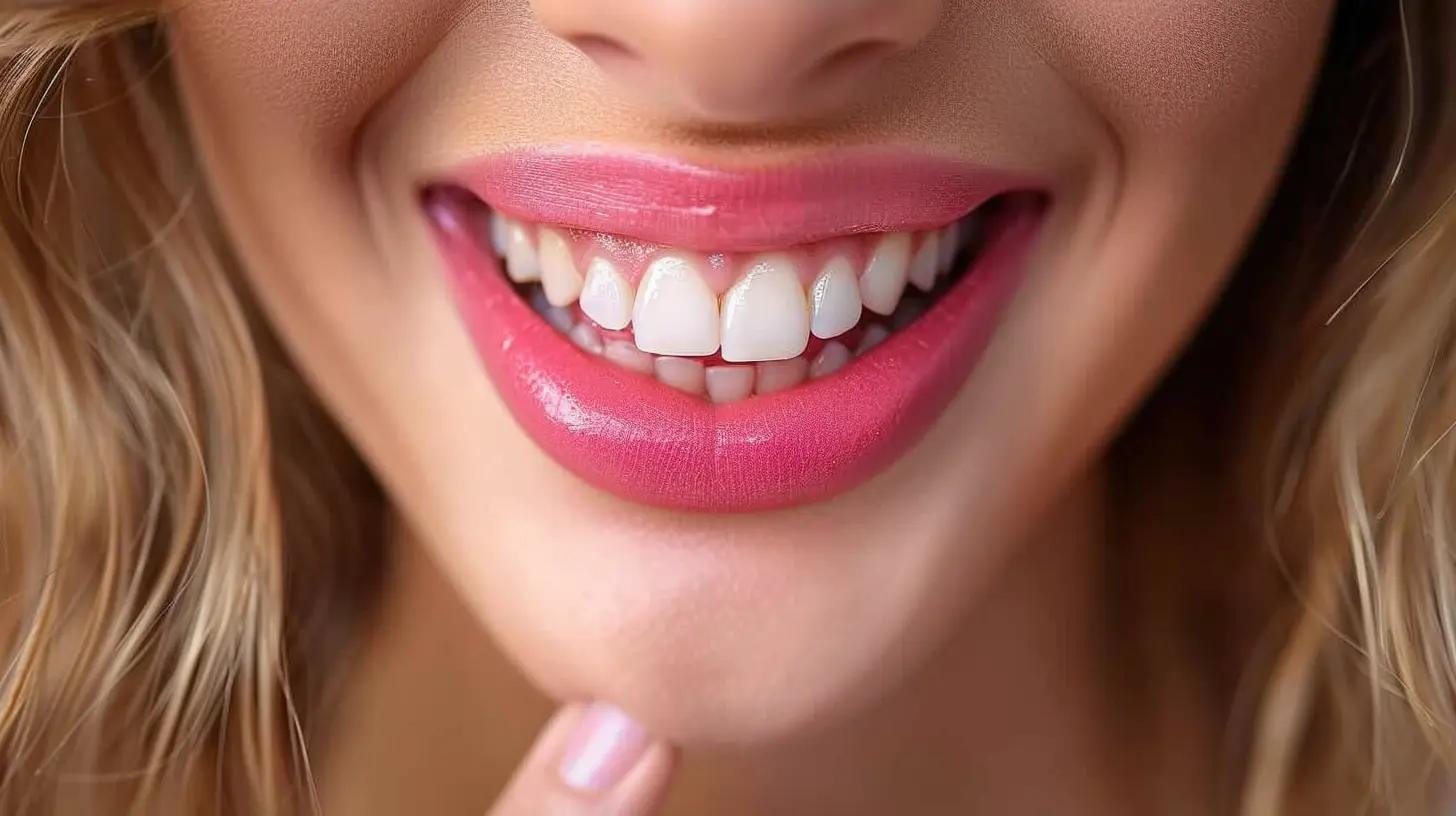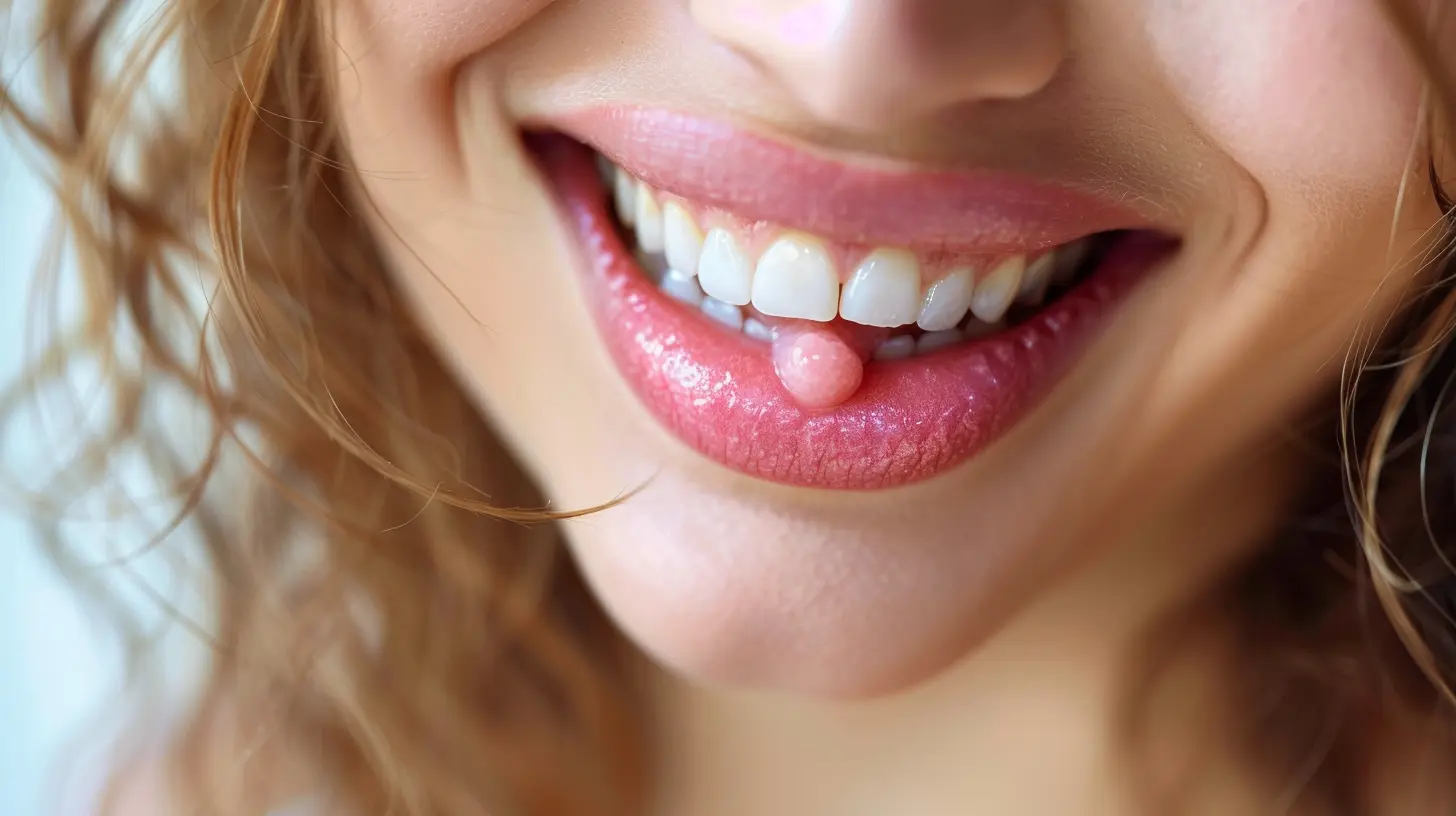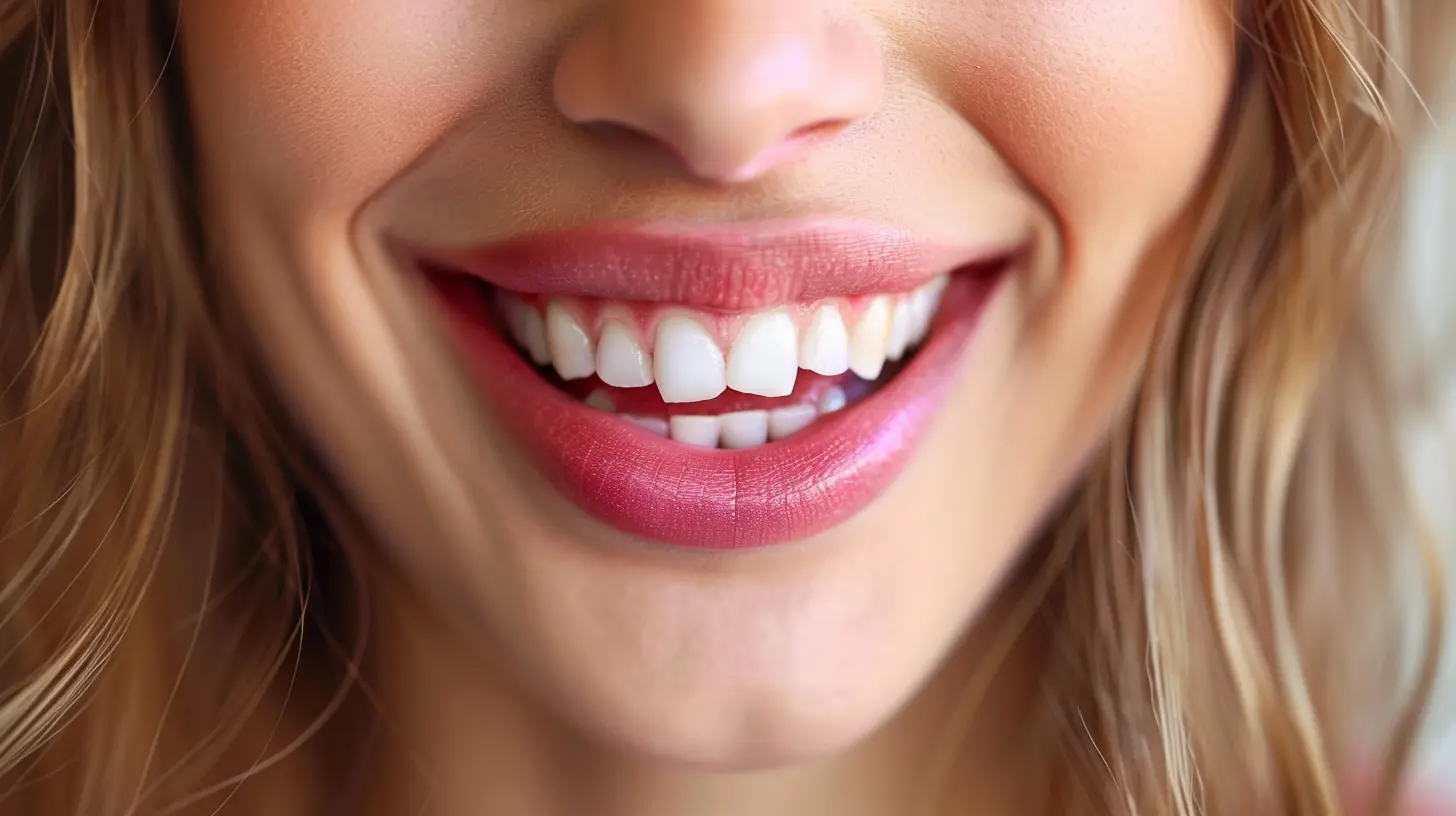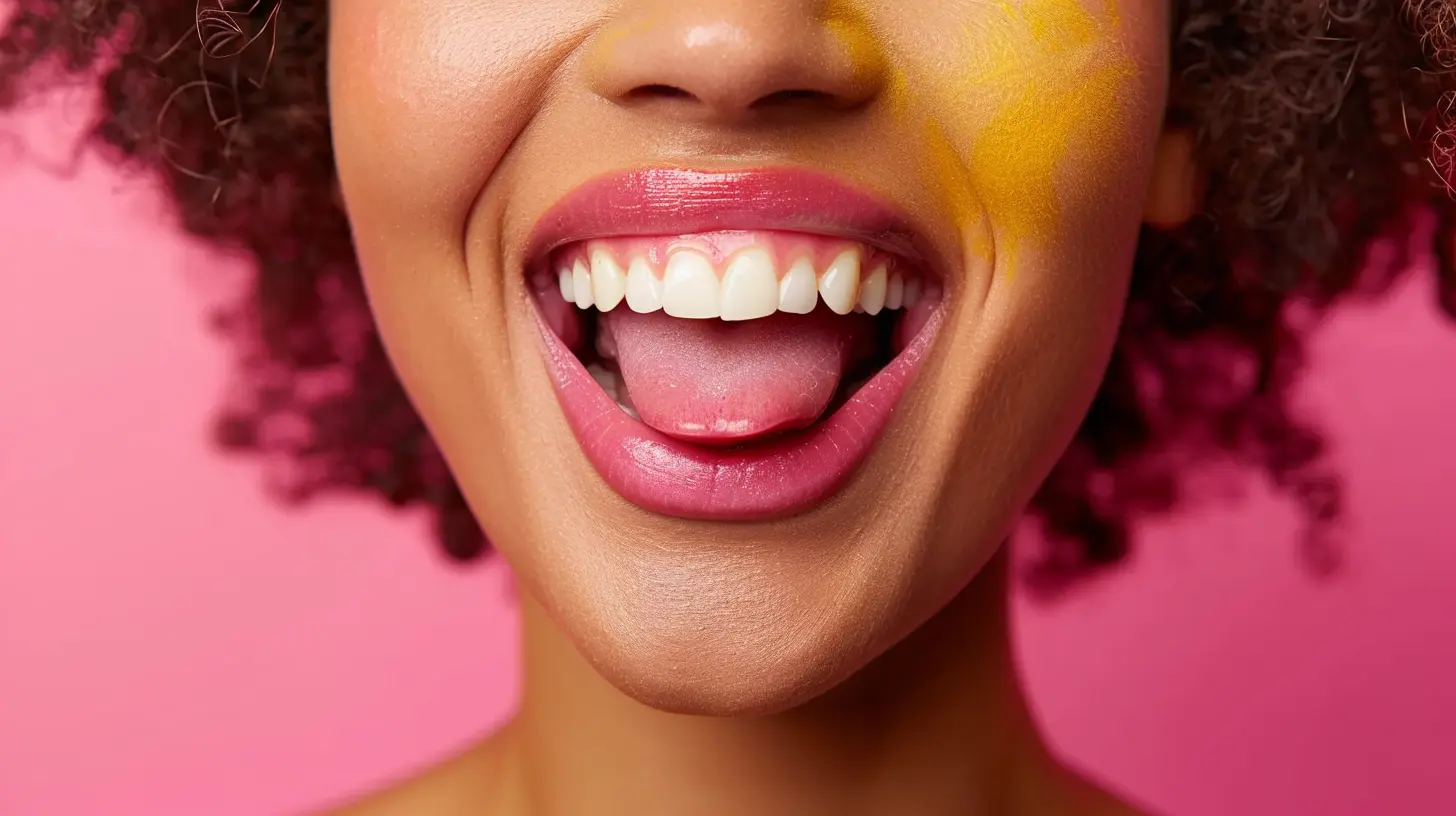The Benefits of Tongue Scraping for Oral Health
12 September 2025
Let’s be real for a second—when was the last time you paid attention to your tongue during your morning routine? If you're like most people, you probably brush your teeth, maybe floss (if you're really dedicated), and then move on. But here’s the thing: your tongue is a huge part of your oral ecosystem, and ignoring it could mean you're leaving behind a breeding ground for bacteria and bad breath. That’s where tongue scraping steps in.
This centuries-old practice is making a big comeback, and for good reason. So, let’s break it down and get into the nitty-gritty of why tongue scraping should absolutely be part of your daily oral hygiene routine.
What Is Tongue Scraping, Anyway?
Tongue scraping is exactly what it sounds like. It involves using a small, curved tool—usually made of copper, stainless steel, or plastic—to gently scrape the surface of your tongue. The goal? Remove bacteria, food debris, and dead cells that can accumulate and cause a whole slew of oral health issues.Sounds simple, right? That’s because it is. But don’t let its simplicity fool you—this tiny addition to your morning routine packs a serious health punch.
Why You Should Care About Your Tongue
We often forget that the tongue plays a major role in oral and overall health. It’s not just the thing that helps you taste pizza or pronounce your words—it’s a hotspot for bacterial buildup. Your taste buds sit in grooves and crevices where bacteria love to hang out. Over time, this buildup can lead to problems like:- Bad breath (a.k.a. halitosis)
- Increased plaque formation on teeth
- Gum inflammation
- Altered taste sensation
- Even more serious systemic issues if bacteria enter the bloodstream
By not cleaning your tongue, you're basically inviting an oral party that you didn't RSVP for.
Benefit #1: Say Goodbye to Bad Breath
Let’s talk about the elephant in the room—bad breath. No one wants to be the person with funky morning breath, or worse, all-day dragon breath. A lot of that stink? It’s not coming from your teeth or gums; it’s coming from your tongue. More specifically, it's the sulfur compounds produced by bacteria hiding out there.Tongue scraping eliminates those nasty bacteria and the residue they feed on, leading to noticeably fresher breath. It's like giving your mouth a mini detox every day.
Benefit #2: Improves Your Sense of Taste
Ever felt like your food just doesn’t taste the same? It might not be the seasoning—it might be your tongue. When your taste buds are coated with gunk, they can’t do their job properly. Scraping that layer off gives your taste buds a fresh reset, and suddenly your pasta tastes like a five-star meal again.Think of tongue scraping like cleaning your glasses. Once you wipe away the grime, everything becomes clearer.
Benefit #3: Reduces Plaque and Tooth Decay Risk
While brushing and flossing target the teeth and gums, they only cover part of the picture. The tongue can transfer bacteria back onto clean teeth, contributing to plaque buildup, cavities, and even gum disease.By adding tongue scraping to your routine, you’re cutting off one of the main supply chains for harmful bacteria. It’s like vacuuming the hidden corners of your house—you didn’t know it was that dirty until you cleaned it.
Benefit #4: Enhances Overall Oral Hygiene
Let’s be honest—we all want that minty-fresh, just-left-the-dentist feeling. Tongue scraping helps you get closer to that goal every day. It complements brushing and flossing perfectly, completing your oral care routine like the final piece of a puzzle.Plus, having a clean tongue just feels good. It makes your whole mouth seem cleaner and sets a healthy tone for the rest of your day.
Benefit #5: It’s Quick, Cheap, and Easy
Seriously, what other habit delivers this many benefits in under 60 seconds?A tongue scraper costs just a few bucks, lasts forever, and fits right into your existing routine. No side effects, no complicated steps, no excuses. It’s simple, effective, and totally worth the few seconds it takes.
How to Scrape Your Tongue the Right Way
Alright, so you’re onboard. Awesome. But before you go all-in with that scraper, let’s make sure you’re doing it right.1. Choose Your Tool: Go with a stainless steel or copper scraper if you want durability and easy cleaning. Plastic works fine too—it’s just not as long-lasting.
2. Do It First Thing in the Morning: Bacteria and toxins build up overnight, so it’s best to scrape before eating or drinking.
3. Stand in Front of the Mirror: Stick out your tongue and place the scraper at the back without gagging yourself (you’ll get better with time, promise).
4. Gently Pull Forward: Apply light pressure and drag the scraper from the back of the tongue to the tip. Rinse the scraper and repeat a few times until no more gunk comes off.
5. Rinse and Go: Clean your scraper with warm water and store it in a clean, dry place.
Boom—done in less than a minute.
How Often Should You Scrape?
Once a day is usually enough, preferably in the morning. If you’re really into it (or had garlic bread for lunch), you can do it twice daily. But more than that is overkill and could irritate your tongue.Consistency is key. Like brushing and flossing, it’s the daily habit that brings long-term benefits.
Can Tongue Scraping Replace Brushing?
Nope. Think of tongue scraping as the cherry on top—not the main event. Brushing and flossing are still your frontline defenders against cavities and gum disease. Scraping simply adds an extra layer of cleanliness and protection.You wouldn’t wash the dishes and skip the drying rack, right? Same idea here.
Are There Any Risks?
Done properly, tongue scraping is totally safe. Just don’t go overboard with force, or you could irritate your tongue. Keep it gentle, clean your scraper regularly, and don’t share it (yes, that needs to be said).If you have cuts, sores, or other oral conditions, check with a dentist before starting.
Tongue Scraping vs Mouthwash: What’s Better?
This one’s not really a competition—they work better together. While mouthwash helps kill bacteria, tongue scraping physically removes stuff that mouthwash can’t always reach. Think of scraping as vacuuming and mouthwash as spraying air freshener. Both are good, but together? Chef’s kiss.Final Thoughts: Your Tongue Deserves More Love
At the end of the day, tongue scraping is one of the most underrated self-care habits out there. It’s fast, affordable, and loaded with health perks that go way beyond just clean breath. If you’re aiming for better oral hygiene, improved taste, and a fresh, healthy mouth, this tiny tweak could make a world of difference.So next time you’re brushing your teeth, don’t forget to give that tongue some attention. It’s been waiting for its moment in the oral care spotlight.
all images in this post were generated using AI tools
Category:
Healthy TeethAuthor:

Jackson Mahoney
Discussion
rate this article
1 comments
Gemma McVeigh
Sure, brushing and flossing are great, but if you’re still ignoring that tongue, you’re basically dusting the shelf while the mold's thriving underneath. Get scraping, darling!
October 1, 2025 at 3:50 AM

Jackson Mahoney
Absolutely! Tongue scraping is an essential part of oral hygiene that shouldn't be overlooked. It can significantly enhance your overall oral health. Thanks for the reminder!


